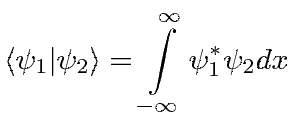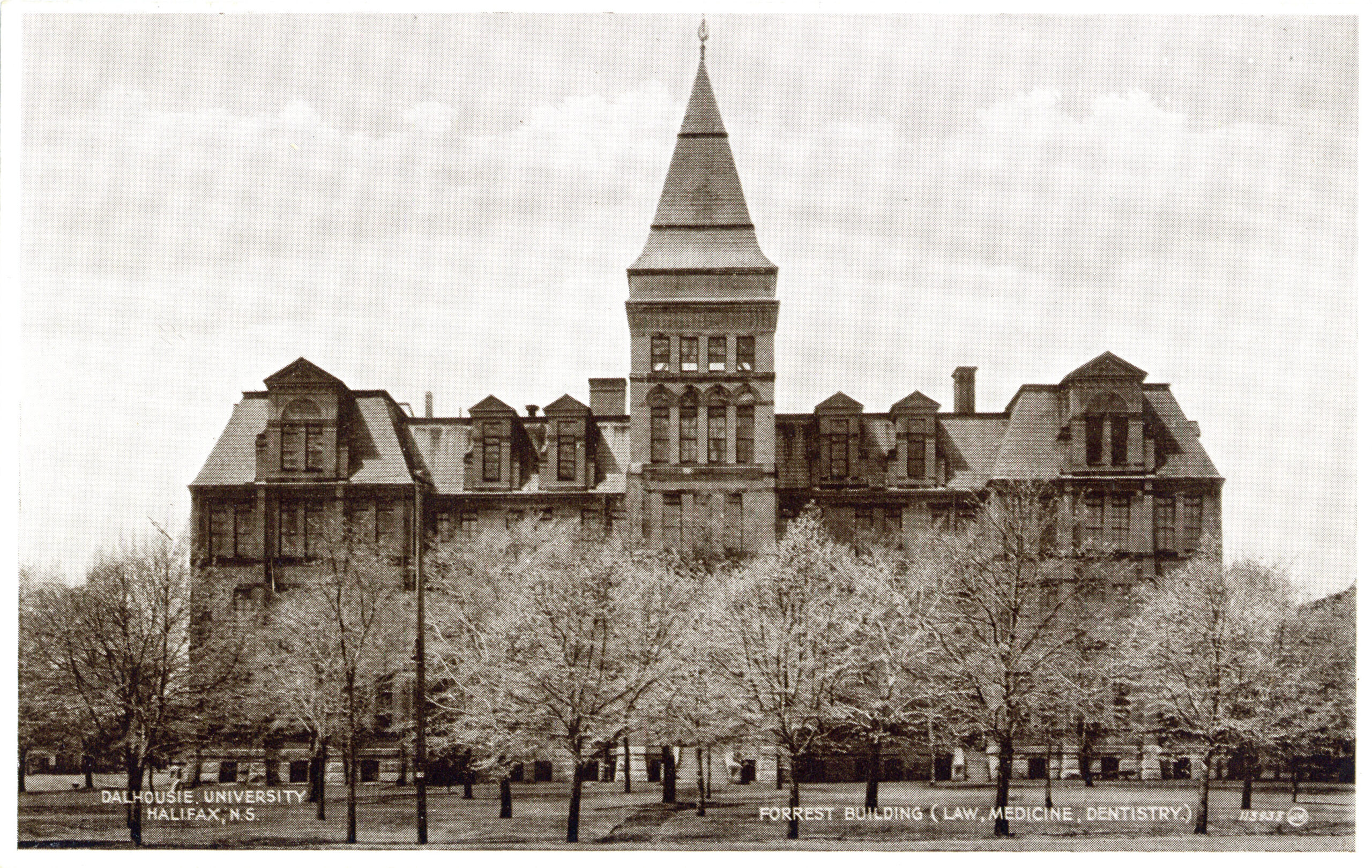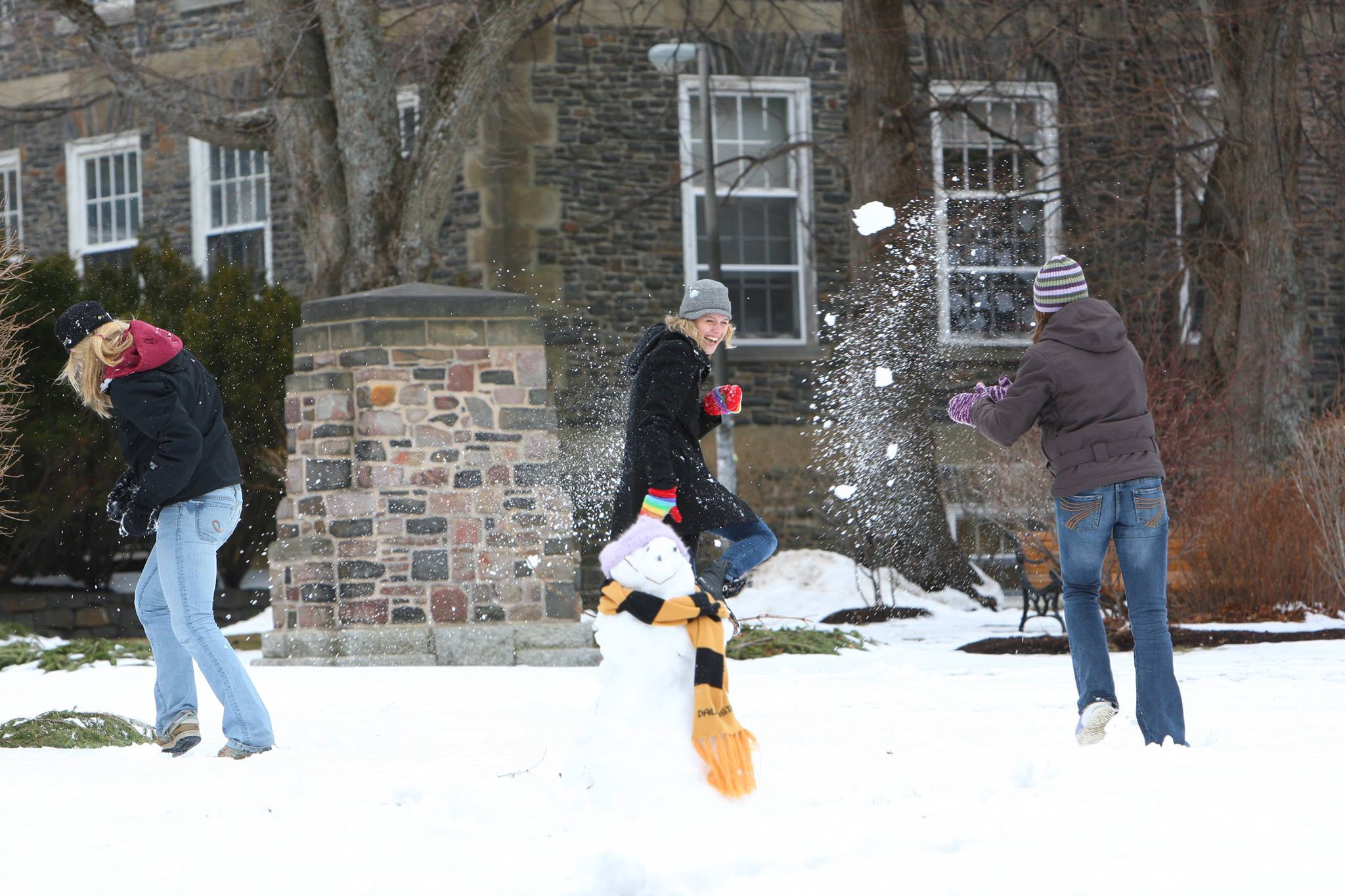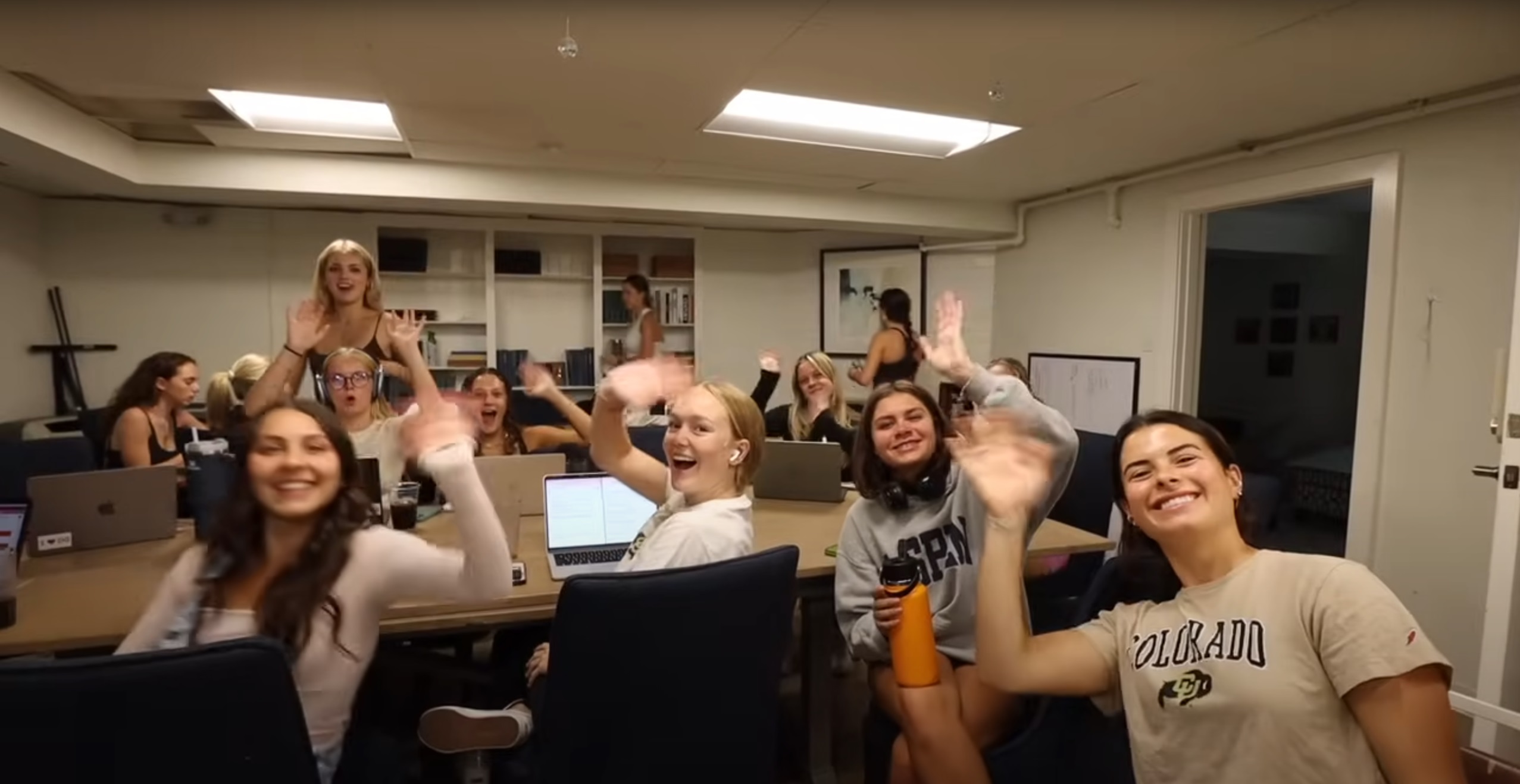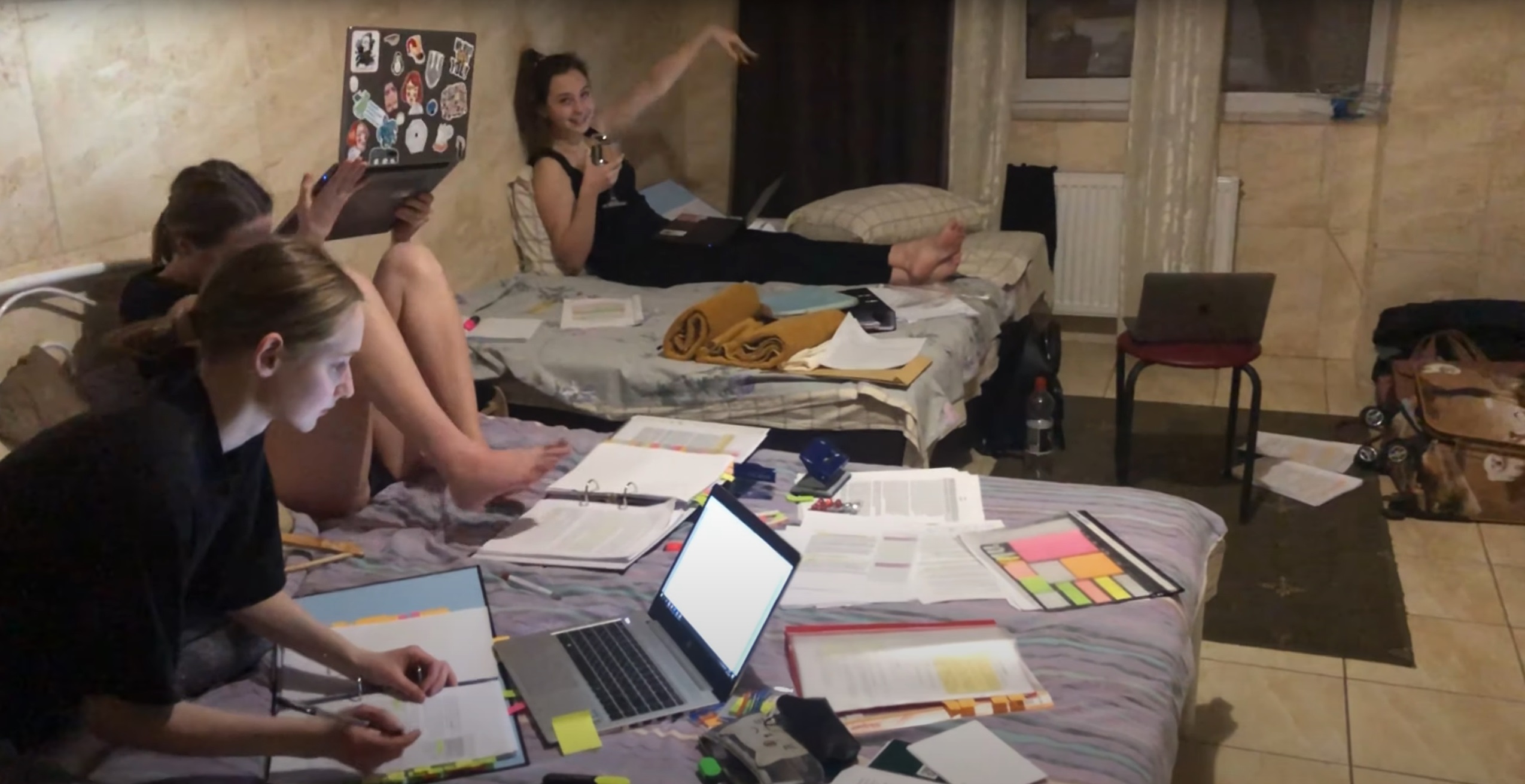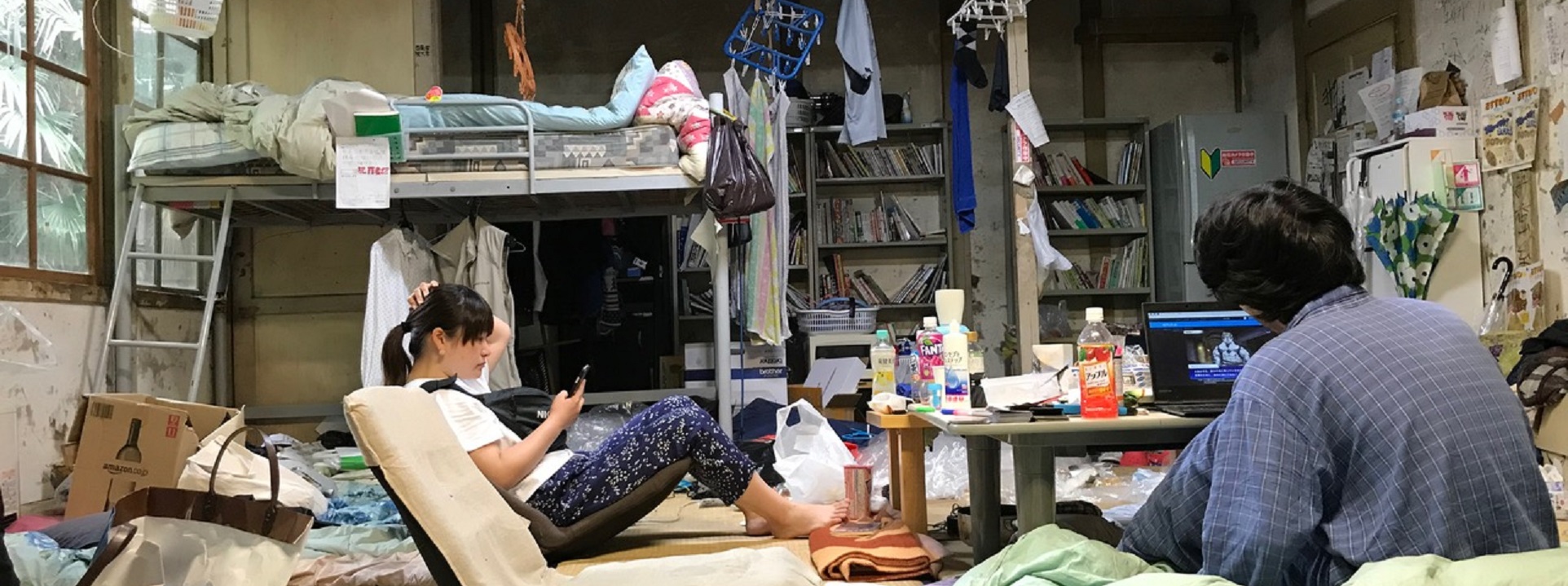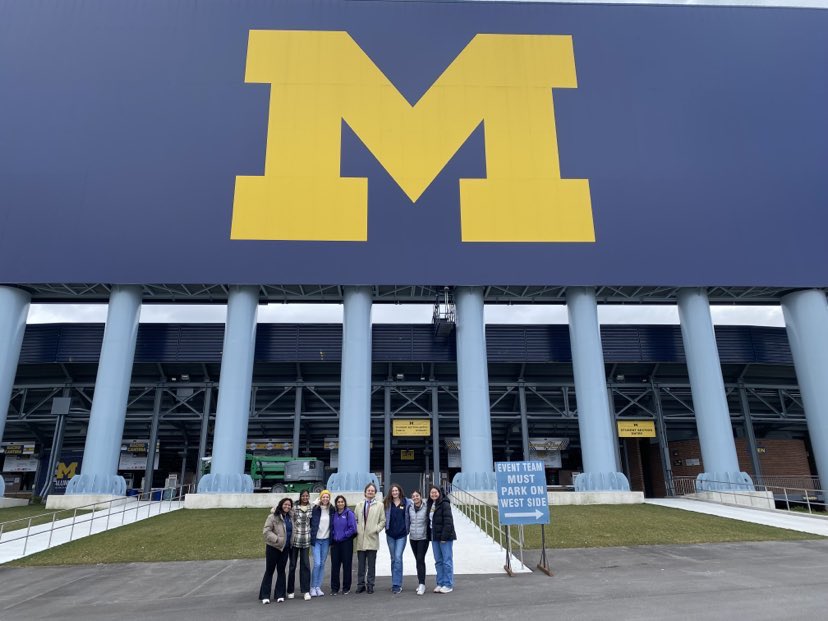Nursing Simulation Laboratories
- Home Page 161

Quantum Computing for High-School Students: An Experience Report
Quantum Computing for High-School Students An Experience Report
Prashanti Priya Angara, et. al
Department of Computer Science, University of Victoria, Victoria, Canada
Abstract: Quantum computing is an emerging field that can revolutionize our ability to solve problems and enable breakthroughs in many areas including optimization, machine learning, chemistry, and drug design. With the increasing computational power of quantum computers and the proliferation of quantum development kits, the demand for a skilled workforce in quantum computing increases significantly. The theory of quantum computing lies at the crossroads of quantum physics, mathematics, and computer science. The field of quantum computing has matured and can now be explored by all students. While today, quantum computers and simulators are readily accessible and programmable over the internet, quantum computing education is just ramping up.
This paper describes our experiences in organizing and delivering quantum computing workshops for high-school students with little or no experience in the abovementioned fields. We introduce students to the world of quantum computing in innovative ways, such as newly designed “unplugged” activities for teaching basic quantum computing concepts. Overall, we take a programmatic approach and introduce students to the IBM Q Experience using Qiskit and Jupyter notebooks. Our experiences and findings suggest that basic quantum computing concepts are palatable for high-school students, and-due to significant differences between classical and quantum computing-early exposure to quantum computing is a valuable addition to the set of problem-solving and computing skills that high-schoolers obtain before entering university.
Dirac Bra-Ket notation, also known simply as bra-ket notation, is a standard mathematical notation used extensively in quantum mechanics and quantum computing. It was introduced by Paul Dirac and provides a convenient and powerful framework for describing quantum states and their evolution. Here are several ways in which Dirac Bra-Ket notation is important in quantum computing:
- Representation of Quantum States:
- Kets (|ψ⟩): Quantum states are typically represented as kets, denoted by |ψ⟩. This notation simplifies the representation of complex vectors in a Hilbert space.
- Bras (⟨ψ|): The corresponding dual vectors, or bras, are denoted by ⟨ψ|. These are the complex conjugate transpose of the kets.
- Inner Product:
- The inner product of two states |ψ⟩ and |φ⟩ is written as ⟨ψ|φ⟩. This notation succinctly captures the concept of the probability amplitude, which is fundamental to quantum mechanics and quantum computing.
- Outer Product:
- The outer product, written as |ψ⟩⟨φ|, represents a linear operator that can be used to construct projection operators and density matrices, which are crucial in quantum algorithms and quantum information theory.
- Operators and Measurements:
- Quantum operators, such as Hamiltonians and measurement operators, can be conveniently expressed using bra-ket notation. For example, an operator A^\hat{A}A^ acting on a state |ψ⟩ can be written as A^∣ψ⟩\hat{A}|ψ⟩A^∣ψ⟩.
- Measurement probabilities are often expressed in terms of bras and kets, e.g., the probability of measuring a state |ψ⟩ in the basis state |φ⟩ is |⟨φ|ψ⟩|².
- Tensor Products:
- In quantum computing, systems are often composed of multiple qubits, which are represented by tensor products of individual qubit states. Bra-ket notation elegantly handles these tensor products, e.g., |ψ⟩⊗|φ⟩.
- Quantum Gates and Circuits:
- Quantum gates, which perform operations on qubits, can be represented using unitary operators in bra-ket notation. For example, the action of a gate U on a qubit state |ψ⟩ is written as U|ψ⟩.
- Simplifying Complex Expressions:
- Bra-ket notation simplifies the manipulation of complex expressions involving quantum states and operators, making it easier to derive results and understand the behavior of quantum systems.
- Formalism for Quantum Algorithms:
- Many quantum algorithms, such as the Quantum Fourier Transform (QFT) and Grover’s search algorithm, are conveniently expressed and analyzed using bra-ket notation, providing clarity and insight into their functioning.
In summary, Dirac Bra-Ket notation is essential in quantum computing for its ability to provide a clear and concise way to describe and manipulate quantum states, operators, and the evolution of quantum systems. It is a powerful tool that underpins much of the theory and practice in the field.
Ben’s Nachos
Dalhousie University Facilities Management
Dreaming of a future at @dalagriculture? 🐮 The scholarship deadline is March 1! Details: https://t.co/TtFwsJK44a pic.twitter.com/OlnaoJv1O7
— Dalhousie University (@DalhousieU) February 16, 2020
Standards August: Student Accommodations
High Jump
This content is accessible to paid subscribers. To view it please enter your password below or send mike@standardsmichigan.com a request for subscription details.
Café au Lait with French Press
This content is accessible to paid subscribers. To view it please enter your password below or send mike@standardsmichigan.com a request for subscription details.
Ubi Caritas et Amor
“Tradition is the democracy of the dead”
History of Western Civilization Told Through the Acoustics of its Worship Spaces
Other sacred compositions by Maurice Duruflé:
- Requiem, Op. 9: Duruflé’s “Requiem” is his most renowned composition. It incorporates the Gregorian Chant melodies for the “Dies Irae” and “In Paradisum” sections. While not hymns in the traditional sense, these chants are significant components of the Catholic liturgy.
- Four Motets on Gregorian Themes, Op. 10: In this choral composition, Duruflé takes inspiration from Gregorian Chant and includes pieces such as “Ubi caritas et amor” and “Tota pulchra es.” These are not hymns but rather choral settings of Latin liturgical texts.
- Fugue on the Theme of the “Carillon des Heures de la Cathédrale de Soissons”: This composition for organ is based on a hymn-like theme, although it is not a hymn in the traditional sense. It showcases Duruflé’s skill as an organist and composer.
- Prelude on the Introit of the Epiphany (for organ): Duruflé composed this piece for organ, incorporating the Gregorian Chant “O Lux Beata Trinitas,” which is associated with the Epiphany in the liturgical calendar.
agricultural and rural sector
This content is accessible to paid subscribers. To view it please enter your password below or send mike@standardsmichigan.com a request for subscription details.
Sport Occupancies
We will spend most of our time this week preparing responses to the actions taken by technical committees at the April meetings; with our abiding interest in the proposals that affect the physical character of education settlements (K-12 schools, colleges and universities, university-affiliated research and clinical delivery networks).
The largest share of safety and sustainability concepts relevant to our SAFER-SIMPLER-LOWER COST-LONGER LASTING priorities appear in ICC’s Group A tranche of titles. Comments on Committee Actions taken on the April meetings in Atlanta will be received until July 8th — including own proposals for performance-based building interior power chain design.
We will use the transcripts linked in the Group A Model Codes link below

The Big House: With a seating capacity of 110.000+ auxiliary hosting and media enterprises adding another 10,000 occupants 8 Saturdays per year, the University of Michigan Football Stadium is the largest collegiate stadium in the world.
The language “code writers and vote getters”* use to perform their work can be confounding and supports the assertion that some safety and sustainability concepts can only be understood by experienced practitioners in context. It takes decades to fully understand the ebb and flow of ideas. That is one of the reasons we host daily colloquia — in addition to the obligation to respect intellectual property rights of standards setting organizations; a great deal of content is unstable and provisional. Unstable and provisional is the nature of leading practice discovery and promulgation.
As a point of origin for most safety and sustainability concepts for sport occupancies among US-based standards setting organizations we start with the most widely referenced building code bibliography in the United States:
2024 International Building Code: Chapter 3 Occupancy Classification and Use
Education communities have buildings, pathways and infrastructure in all of the groups identified in this chapter. We use the term “sport” to describe recreational and competitive athletic activity for all age groups. Some concepts span across all three groupings. Note the following:
Structural support for sport lighting
Sport arena lighting allowances
Television broadcast lighting requirements
Temporary special event structures
Athletic equipment hazard classification
Plumbing in arenas
Bleachers
Access
Use of arenas for disaster management
…And so on…
Today we pick through the transcripts of the 2021 ICC Code Development Cycle (Group A)
2021 REPORT OF THE COMMITTEE ACTION HEARINGS ON THE 2021 EDITIONS OF THE GROUP A INTERNATIONAL CODES
Keep in mind that the Group A titles are near the end of their development cycle (CLICK HERE). Next up, Hearings on the Group A tranche in September. We will post the link to the webcast.
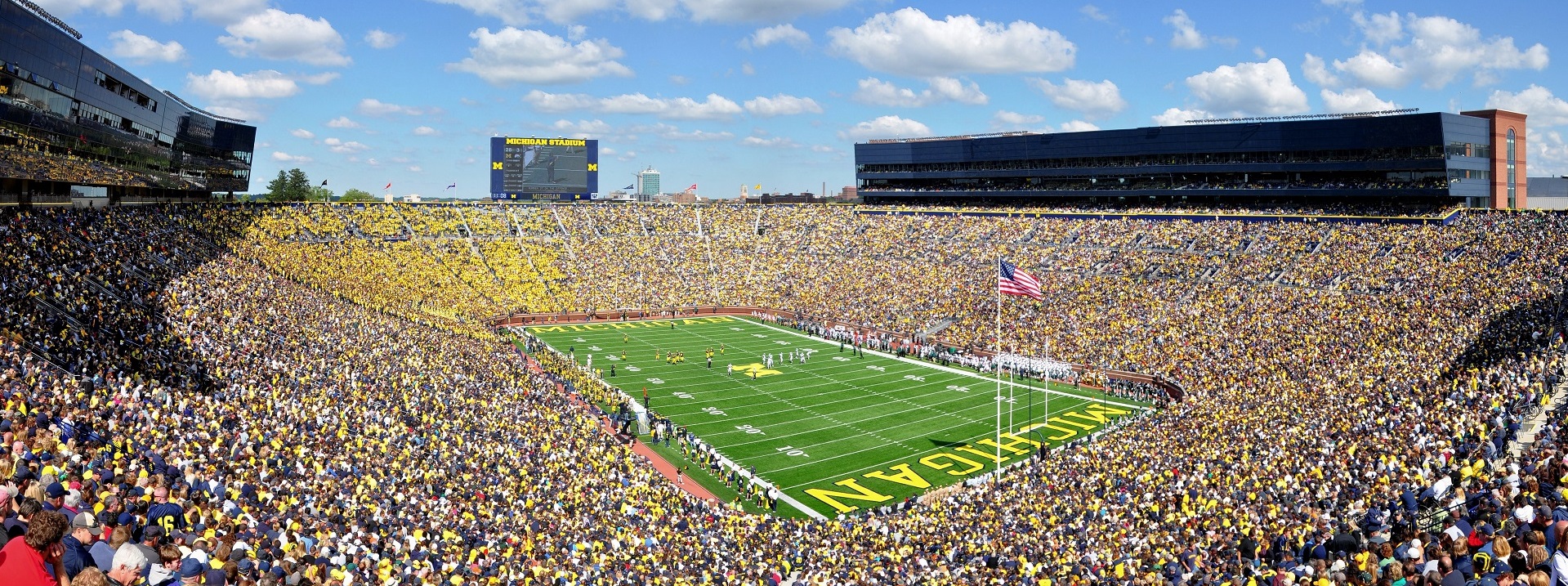
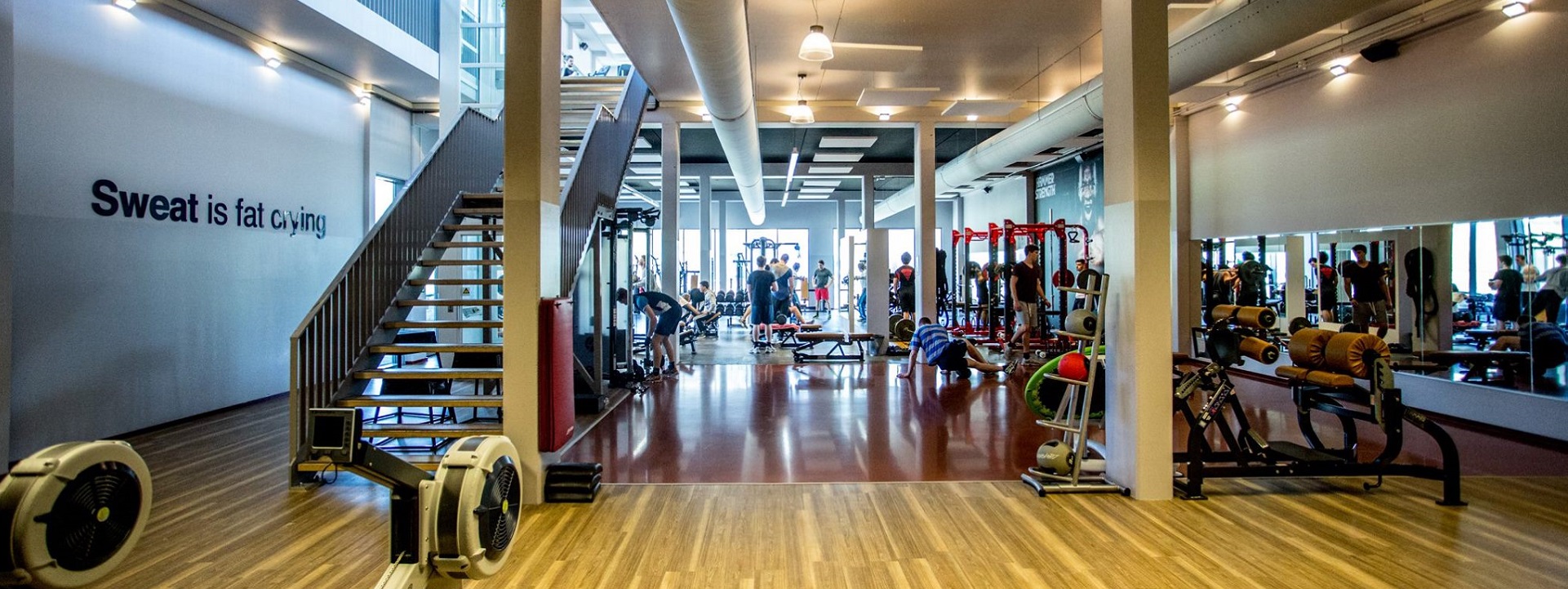

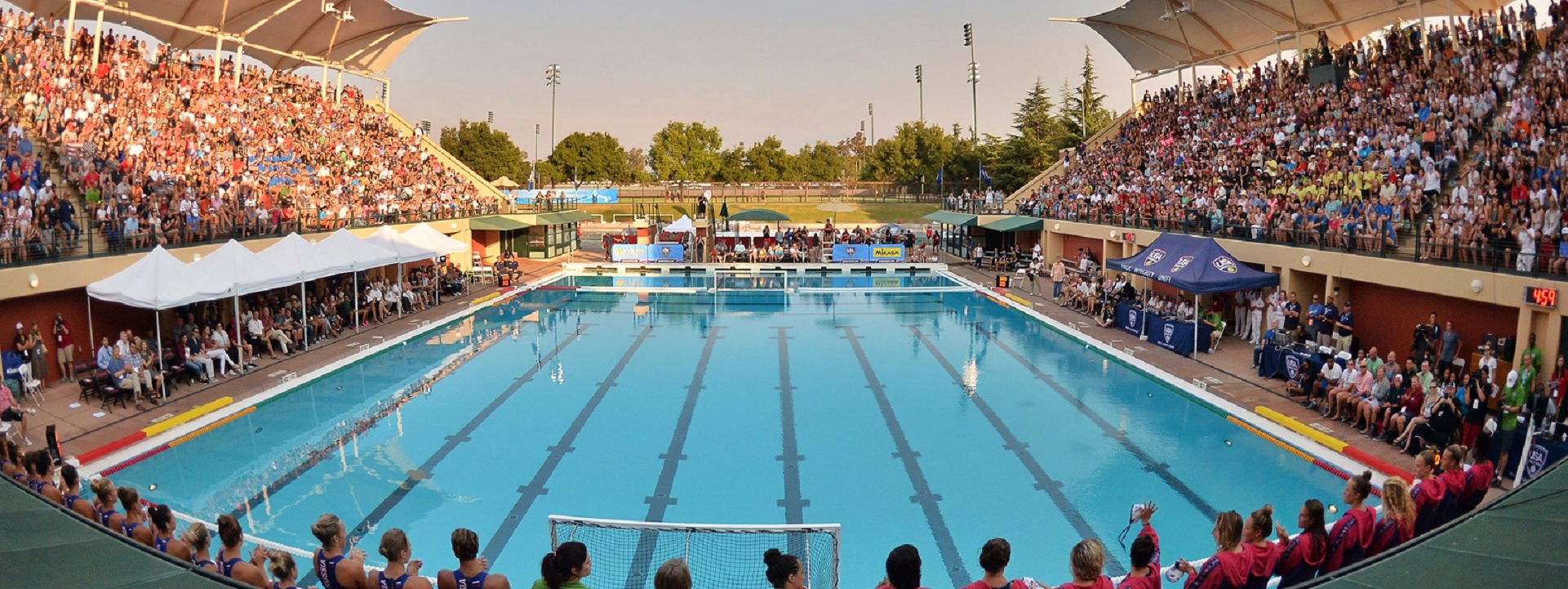

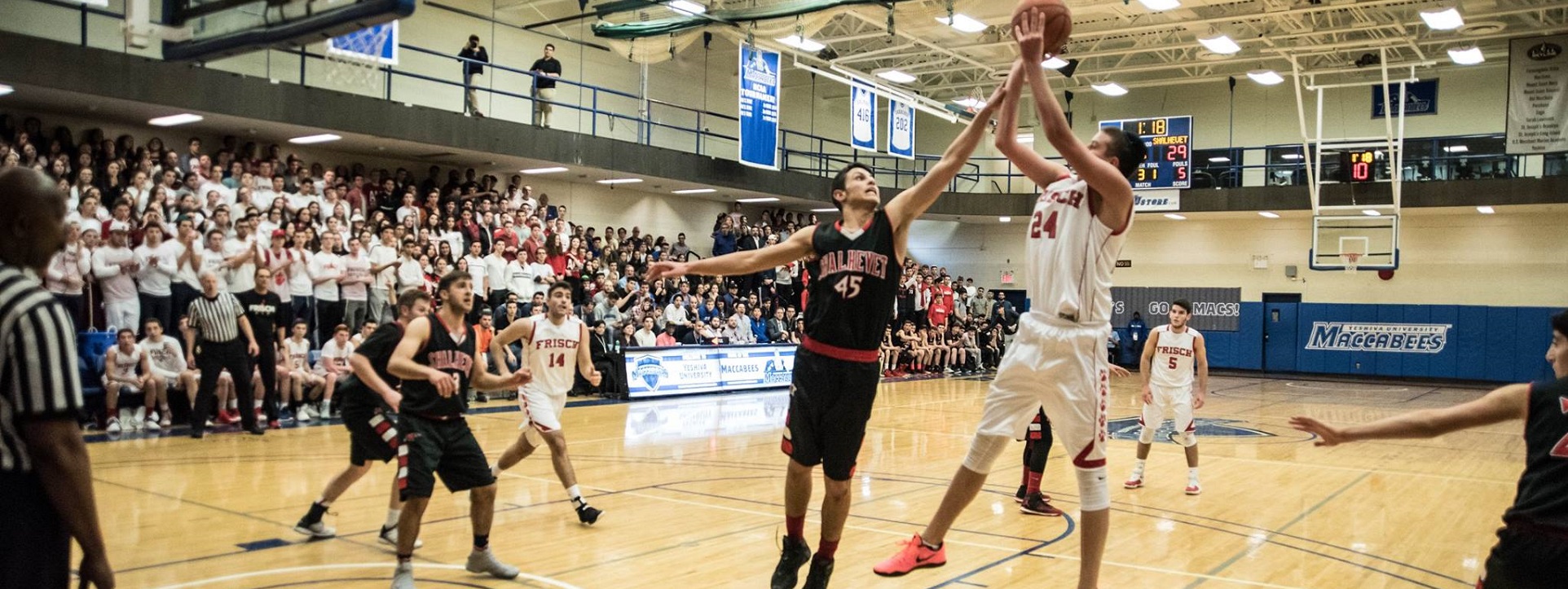
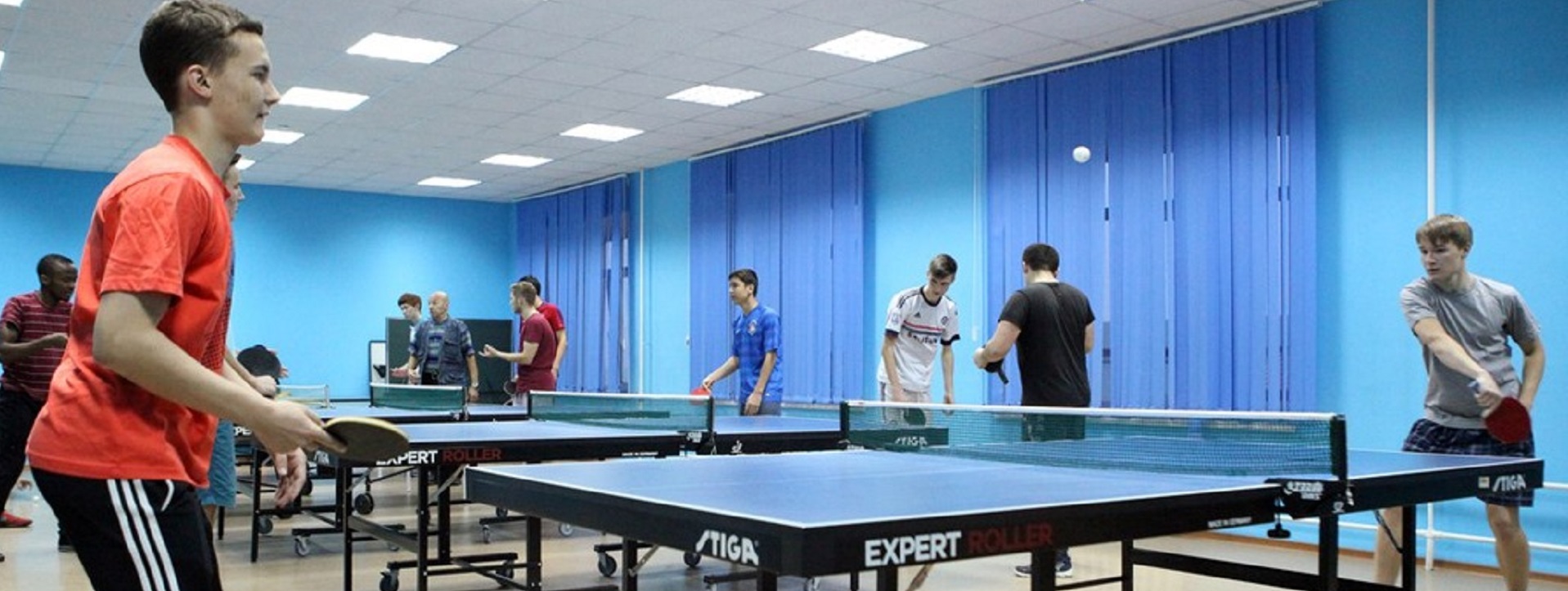

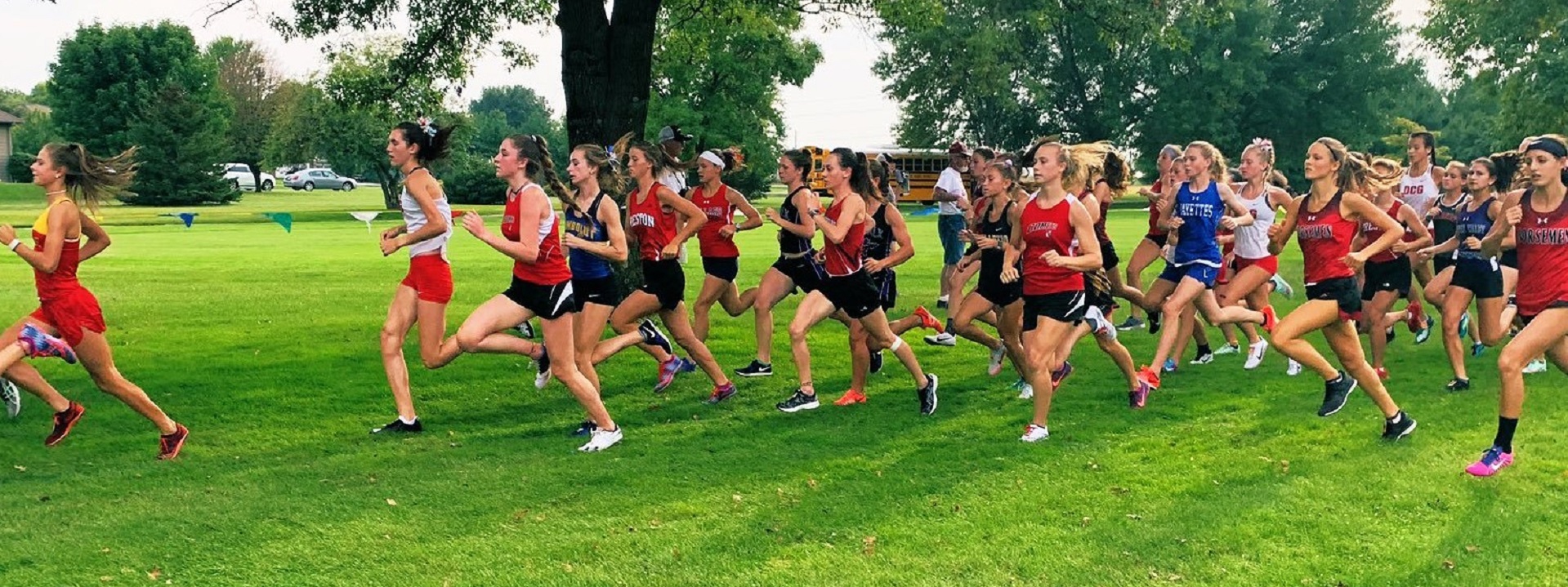
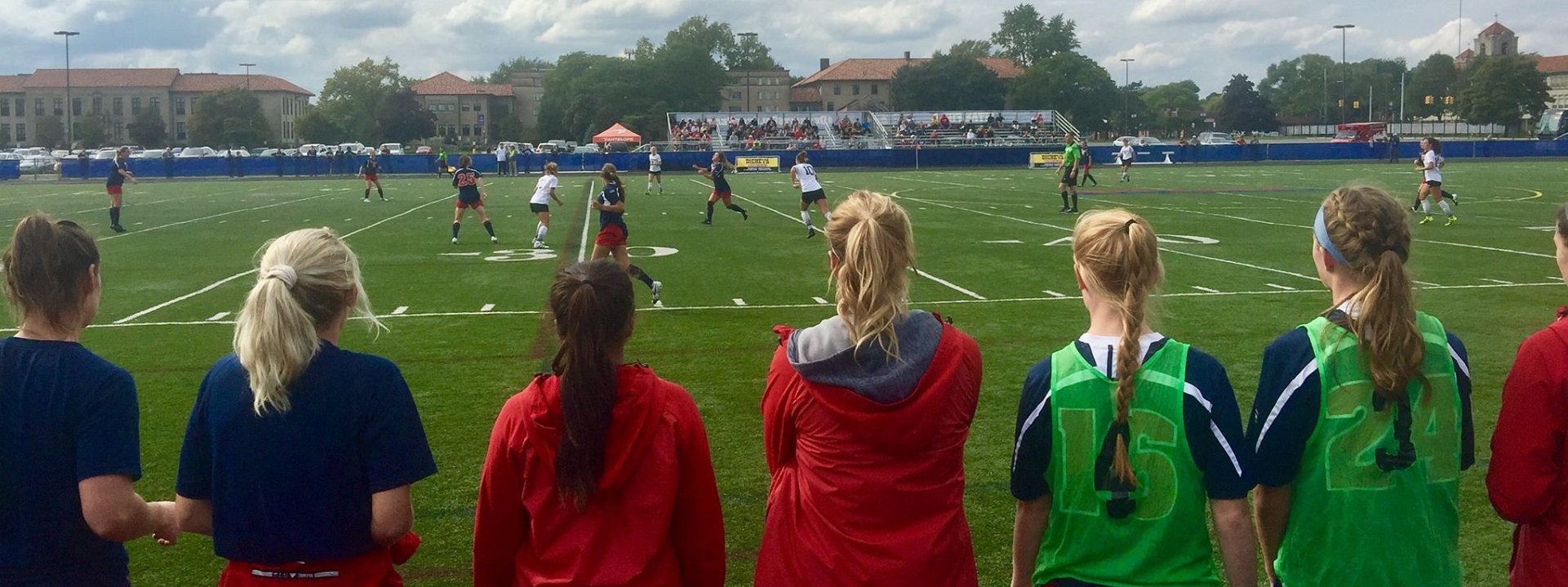
We maintain sport facility literature on the standing agenda of our periodic Sport colloquium when we pull together specifics relevant to the safety and sustainability agenda of the final fiduciary in education communities — typically the tax payer or family. There are many, many more technologies that figure into these spaces; getting occupancy classification is the best place to start since it informs the way all other standards setting organizations develop their literature. See our CALENDAR for the next online meeting.
ARCHIVE:
2021/2022 ICC CODE DEVELOPMENT SCHEDULE
2018 GROUP A PUBLIC COMMENT AGENDA | OCTOBER 24 – 31, 2018 | RICHMOND, VIRGINIA
2019 GROUP B PROPOSED CHANGES TO THE I-CODES ALBUQUERQUE COMMITTEE ACTION HEARINGS
2019 REPORT OF THE COMMITTEE ACTION HEARINGS ON THE 2018 EDITIONS OF THE GROUP B INTERNATIONAL CODES
*A term of art we use to distinguish stakeholders who are effective in gathering data and persuading technical committees to improve consensus products. The most influential voices tend to have an elevated hourly consulting rate. The expertise of “code writers and vote-getters” is distinct from the expertise processes and administration. The private standards domain in most nations is top-heavy with administration.
New update alert! The 2022 update to the Trademark Assignment Dataset is now available online. Find 1.29 million trademark assignments, involving 2.28 million unique trademark properties issued by the USPTO between March 1952 and January 2023: https://t.co/njrDAbSpwB pic.twitter.com/GkAXrHoQ9T
— USPTO (@uspto) July 13, 2023
Standards Michigan Group, LLC
2723 South State Street | Suite 150
Ann Arbor, MI 48104 USA
888-746-3670



